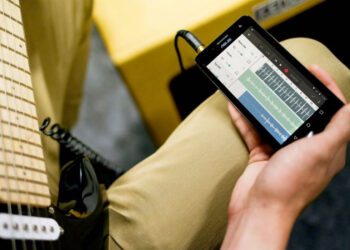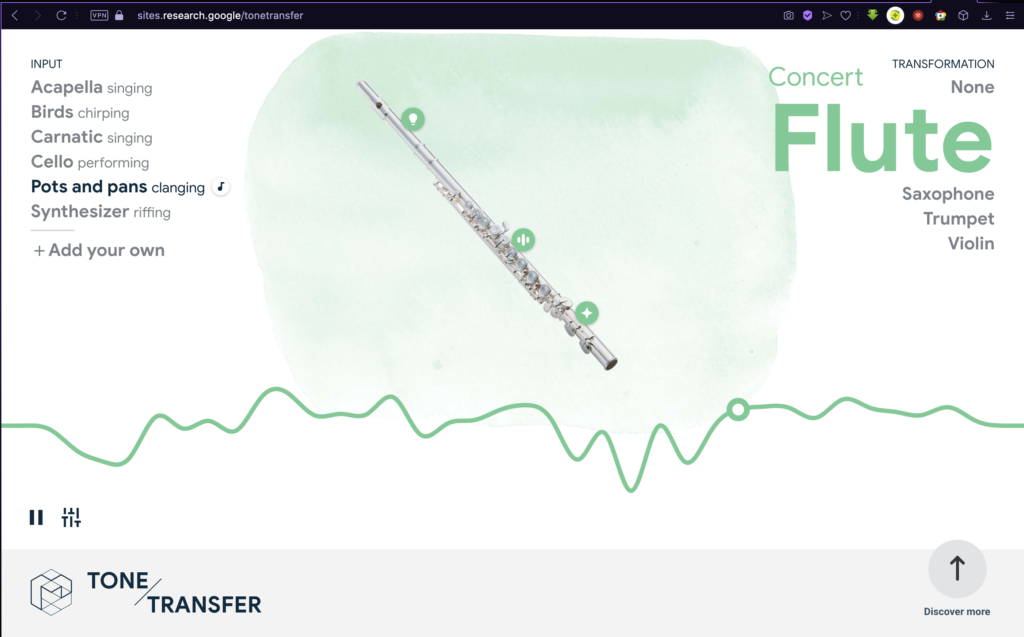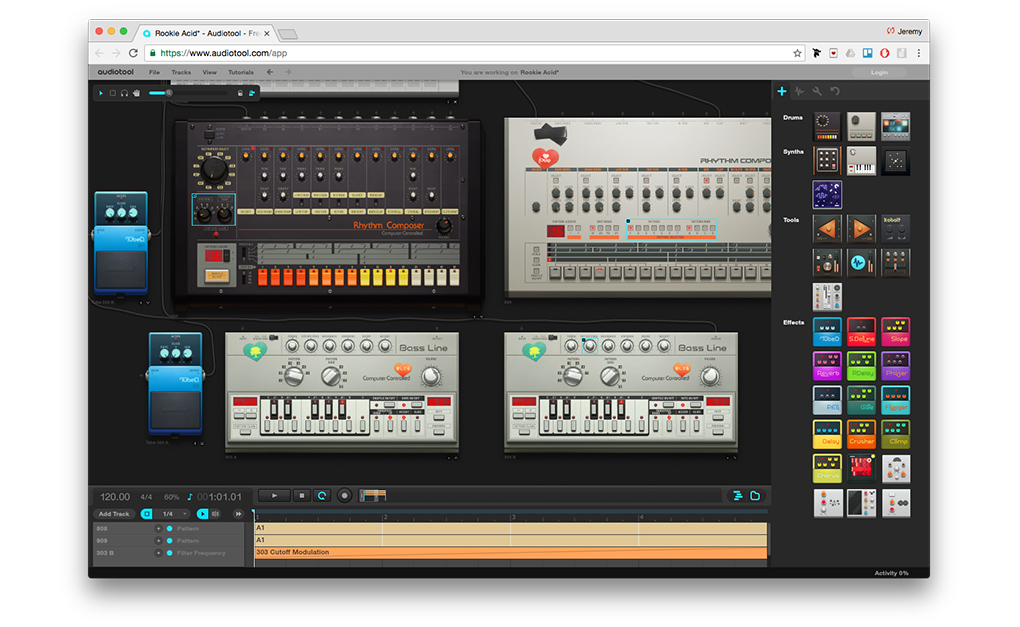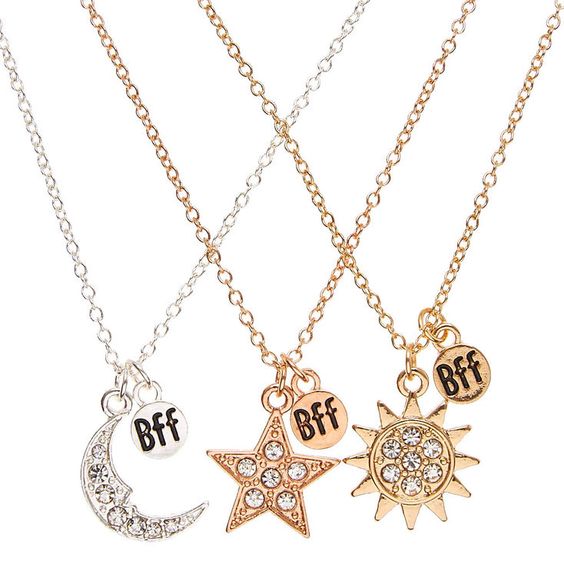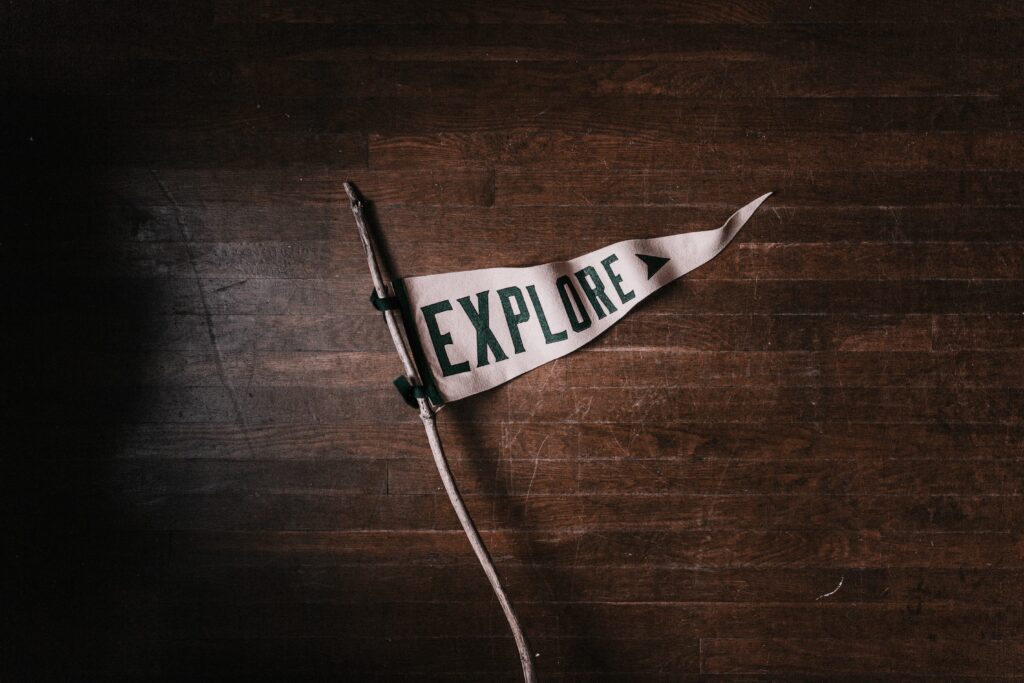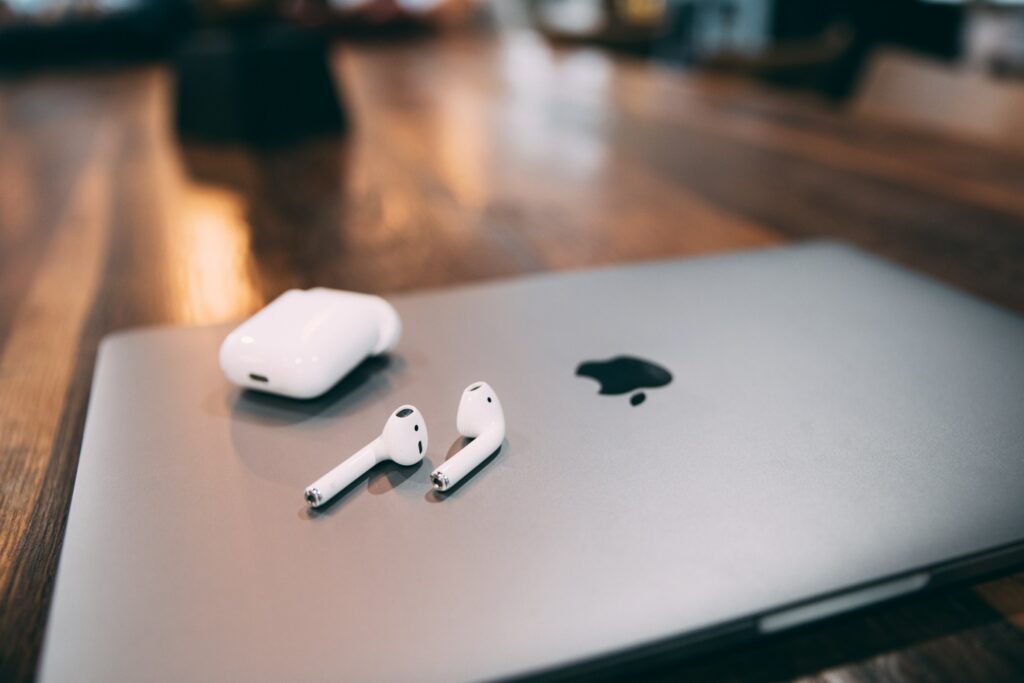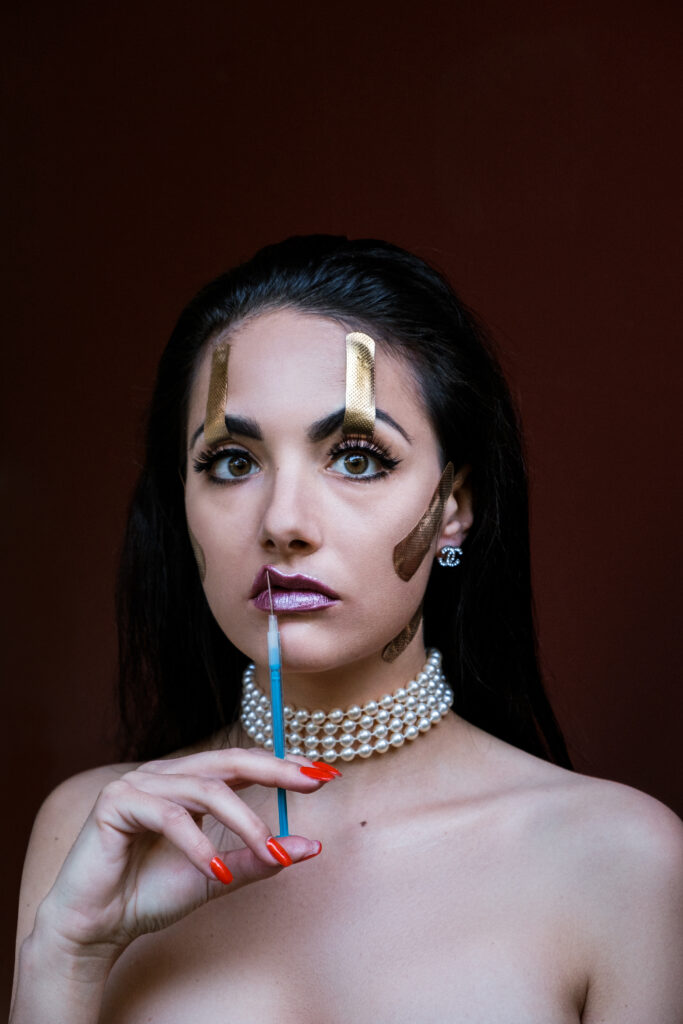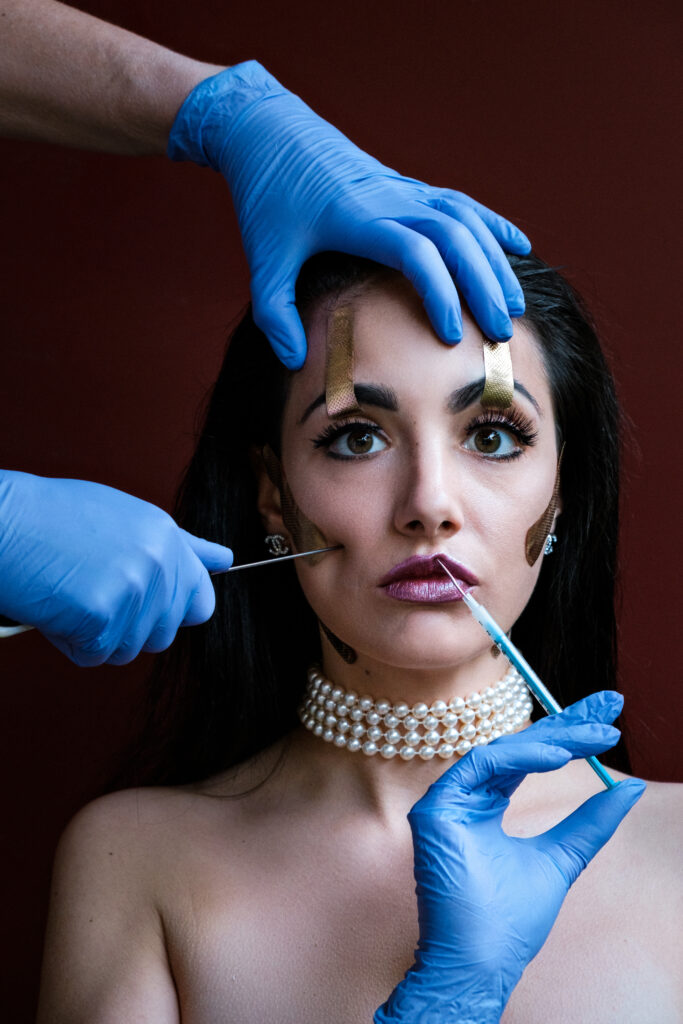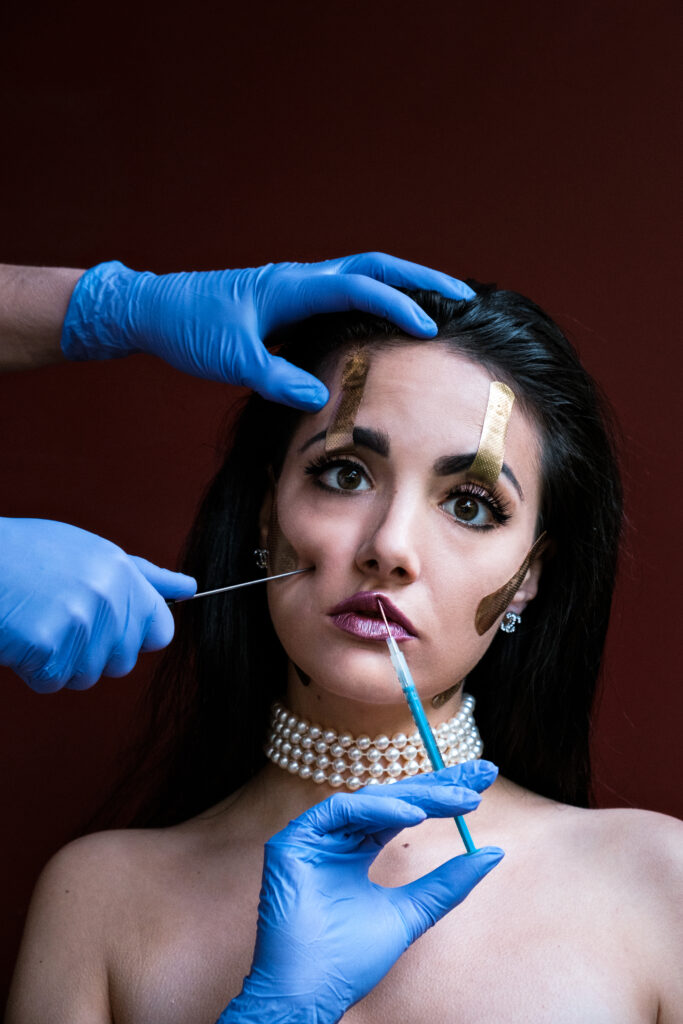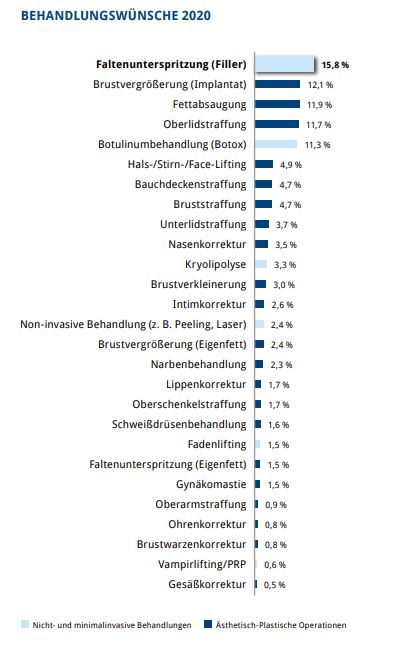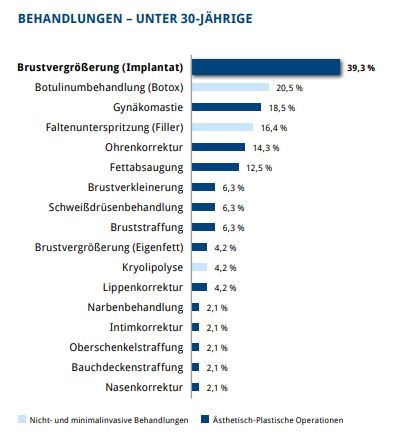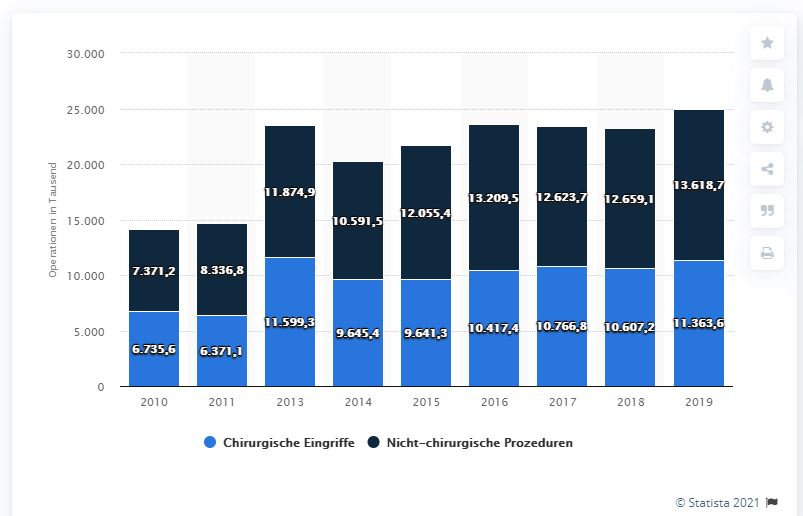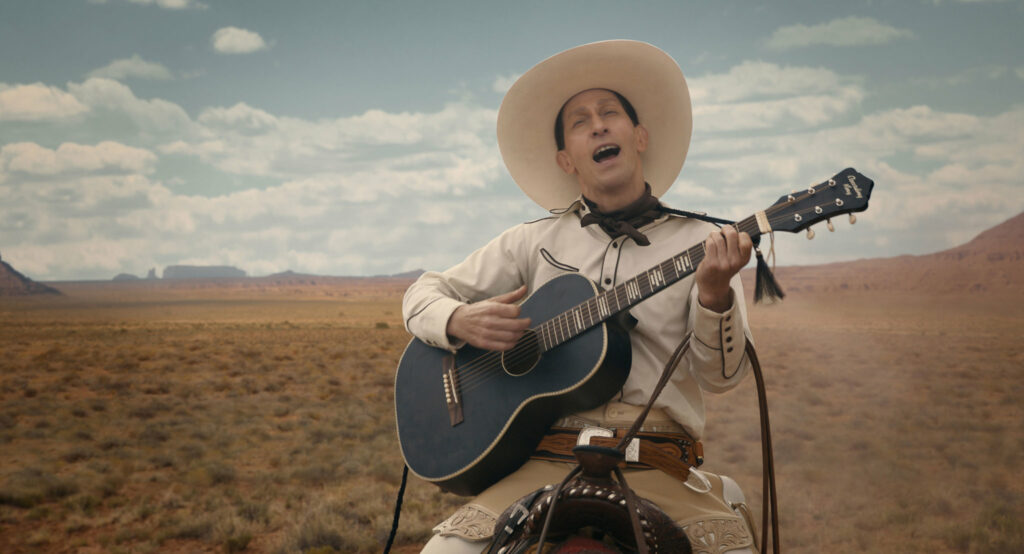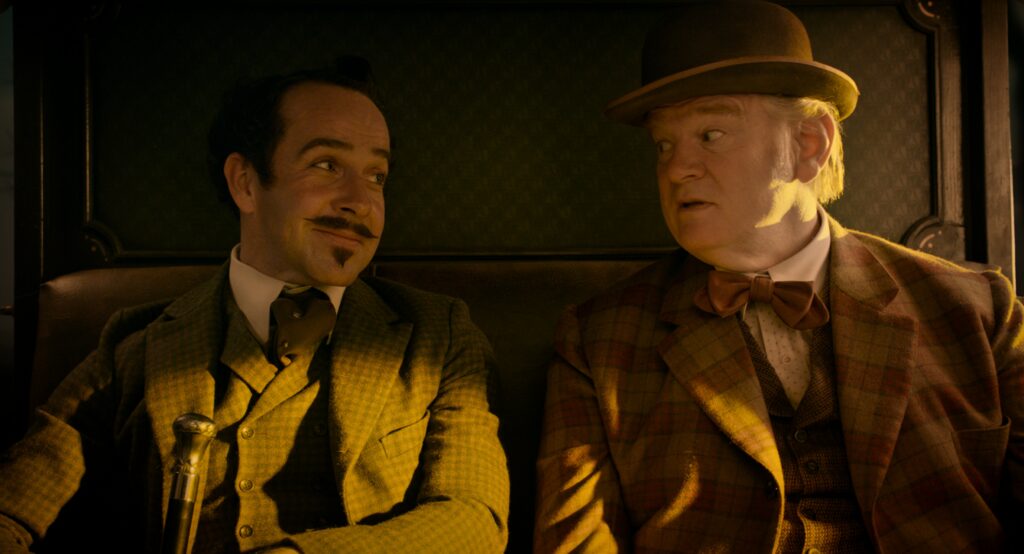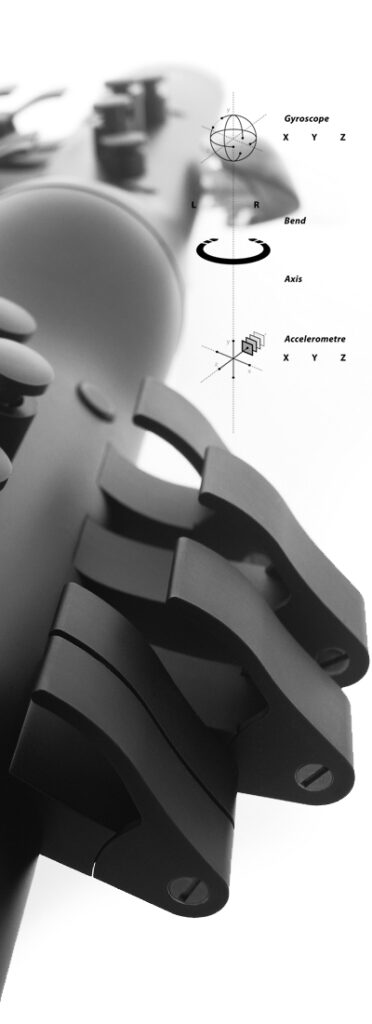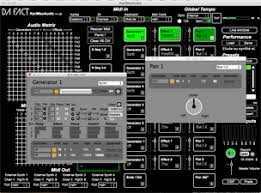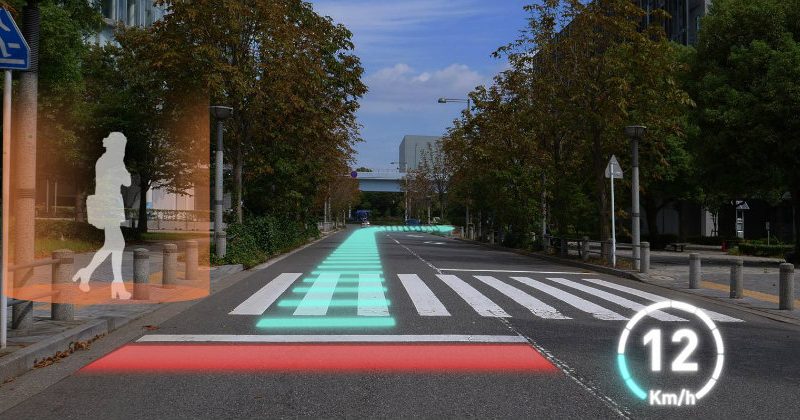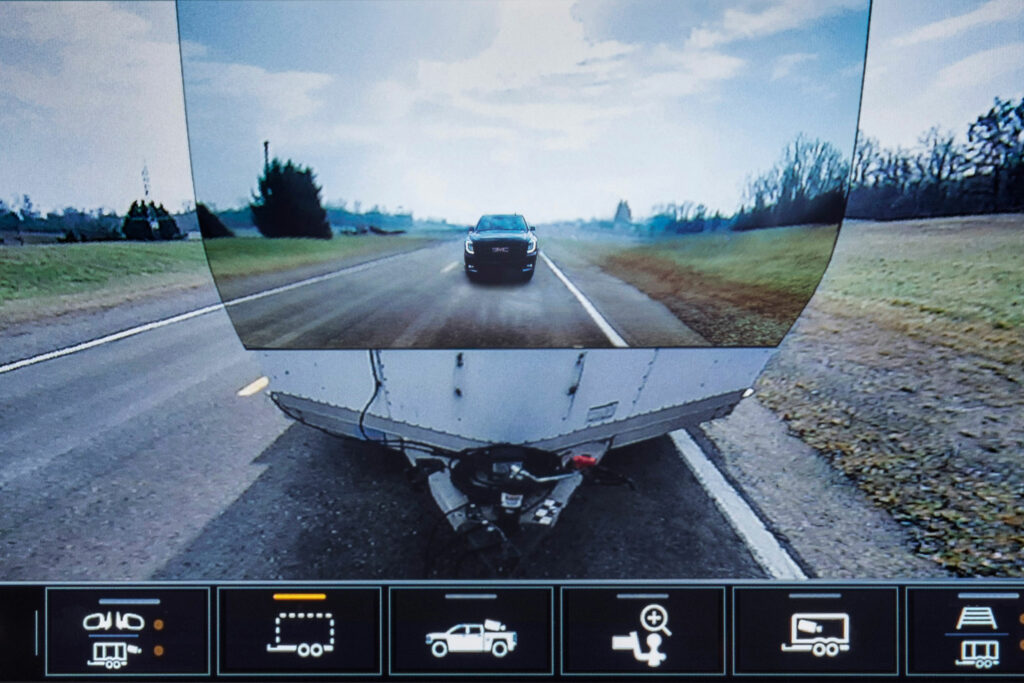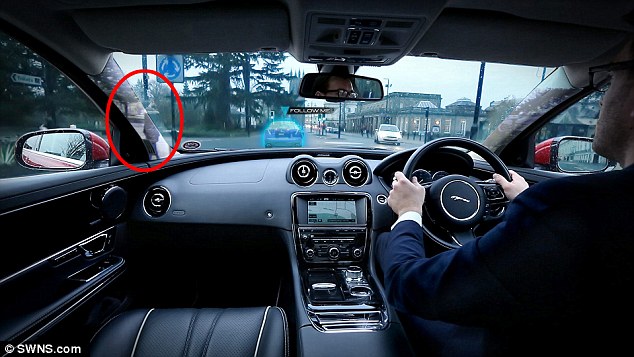Unter die Verwendung des Begriffs Techno, fällt heutzutage eine große Anzahl verschiedener kleiner Untergenres. Angefangen hat die Bezeichnung des Genres 1988 bei der Benennung und Veröffentlichung eines Kompilationsalbums (Techno – The new Dance Sound of Detroit) von Virgin Records (Wicke & Ziegenrücker, 1997, S. 541). Bezeichnet wurde dabei, nach Wicke & Ziegenrücker (1997), die heute unter Detroit-Techno bekannte Musikrichtung, die aus der House Music in Detroid in den 80er Jahren entstanden ist. Durch die schnell erlangte Bekanntheit des Genres in den Diskotheken Anfang der 90er Jahre entwickelten sich demnach viele Untergruppierungen, wie Ambient, Goa, Hardcore Techno, Tekkno, Trance, oder Progressive Techno. Techno zeichnet sich nach Wicke & Ziegenrücker (1997, S. 541) vor allem durch mechanisch, maschinengleich stampfende und hochtechnisierte digital produzierte Musik aus. Da sich vor allem in den letzten Jahren zunehmend mehr Untergenres abspalten und die elektronische Musik immer vielfältiger und differenzierter wird, wird an dieser Stelle hauptsächlich auf die Technokultur und die Genres des Hardcore-Techno, Tekkno und Progressive Techno eingegangen. Diese kommen überwiegend der in Deutschland verstandenen Technoszene, am nächsten (Wicke & Ziegenrücker, 1997, S. 541). Hardcore-Techno, die vor allem in Deutschland und Berlin sehr verbreitete Technorichtung, ist eine sehr aggressive und schnelle Version des Technos (Wicke & Ziegenrücker, 1997). Wie beim Hardcore-Rock ist, nach Wicke & Ziegenrücker (1997), das Genre durch einen besonders hohen Verzerrungsgrad gekennzeichnet. Außerdem sei das Hauptmerkmal des Gestaltungsprinzips Monotonie und minimalistische Veränderungen. Ähnlich dazu ist das Genre Tekkno, was mit dem Berliner Club Tresor im Jahr 1992 entstanden ist (Wicke & Ziegenrücker, 1997, S. 542). Es geht bei der Unterscheidung von dem amerikanischen Techno aus Detroit nicht nur um die starken Verzerrungen und die Geschwindigkeit, sondern nach Wicke & Ziegenrücker (1997) vielmehr, um das Gefühl der Anonymität und den Versuch durch die Szene, ein Lebensgefühl zu vermitteln. Oft zeichnen sich die Veranstaltungsorte durch skurrile Dekorationen und Verkleidungen der Teilnehmer aus und haben meist ein dunkles Ambiente mit vielen Lasereffekten und Lichtinstallationen (Wicke & Ziegenrücker, 1997, S. 542). Die meisten Musikstücke dieses Genres werden in Kleinstauflagen oder digital vertrieben und für die Benutzung in Diskotheken veröffentlicht. Dabei geht es auch darum, keine besonders bekannten Titel zu spielen, sondern die Cluberfahrung besonders zu gestalten (Wicke & Ziegenrücker, 1997, S. 420). Insignien für die Anfänge des Technokults waren z. B. Teesiebe als Sonnenbrillen oder weiße Filtermasken für den Mund, um die Anonymität zu unterstreichen (Wicke & Ziegenrücker, 1997, S. 542). Auch die aus derselben Zeit der 90er Jahre in Manchester ausgehende Bewegung des Raves ist ein heutzutage verschmelzendes Untergenre (Wicke & Ziegenrücker, 1997, S. 420). Es zeichnet sich Wicke & Ziegenrücker (1997) nach vor allem durch Acid-House aus, welches auf dem Klangbild der 60er Jahre aufbaut. Im Zusammenhang mit der „Technowelle“ der 80er Jahre wurde dies aber auch auf die Technopartys angewendet. Rave ist der englische Slangausdruck für eine gute Party und wird oft für lange andauernde Techno-Partys verwendet. Auch die Elemente des Acid-House werden in verschiedensten Techno Genres verwendet und finden auch im Hardcore-Techno Anklang (Wicke & Ziegenrücker, 1997, S. 218). Nach dieser Einordnung des Genres stellt sich die Frage, welche Einflüsse auf die Technokultur und deren „Motoren“, die Musiker, entstehen, da wie bereits erwähnt vor allem die Cluberfahrung im Vordergrund steht.
„Die Party kommt und geht. Festhalten lässt sie sich nicht. Aber erzählen kann man davon“ (Gutmaier, 2013, S. 227)
„Gerade die Flüchtigkeit – die von Anfang an etwa mit Fotografierverboten bewusst ausgestellte und herbeigeführte Vorläufigkeit und Vergänglichkeit – von Techno und den dazugehörigen Partys machen bis heute zu einem Großteil den besonderen Reiz dieser Club- und Ausgehkultur aus.“ (Feser & Pasdzierny, 2016, S. 8f)
Auffällig ist bei diesen Zitaten das Gefühl, was durch die Szene vermittelt werden soll. Bei der Forschung danach, was jedoch die Musik selbst zu dieser Szene beitragen lässt, spalten sich laut Feser & Pasdzierny (2016) die Meinungen der Wissenschaftler. Feser und Pasdzierny (2016, S. 16) weisen darauf hin, dass vor allem in den Popular Music Studies Unklarheiten herrschen, ob Technomusik als „Kunstmusik“ zu betrachten ist, oder ob sie nur durch die Szenen und Abgrenzungsbemühungen dazu gehört. Verschiedene Forscher bezeichnen die Musik dabei als un-intelligent, andere entdecken emporkommende kompositorische Verfahren, was das Genre wissenschaftlich jedoch in eine Situation zwischen den Welten bringt (Feser & Pasdzierny, 2016). Wenn man nun die Musikproduzenten näher in Betracht zieht, kann eventuell ein genauerer Einblick in das Feld gelingen. Die Praktiken des Produzierens mit verschiedensten technischen Geräten wird meist als künstlerischer Schöpfungsakt gesehen und verbindet diese mit unkonventionellem Handeln, welches außerhalb der gesellschaftlichen Norm steht. Der Produktionsprozess wird dabei nach Reitsamer (2016) mit Technikkompetenz, künstlerischer Genialität, Durchsetzungsvermögen und ergebnisorientiertem Handeln assoziiert (Reitsamer (2016); in: Feser & Pasdzierny (2016, S. 36). Einige Technoproduzenten sehen sich daher auch nicht direkt als Musikproduzenten, sondern eher als Musiker, da sie keine andere Musik produzieren, sondern hauptsächlich ihre eigenen Ideale verwirklichen (Carsten Meyer im Film „Fraktus“. Ausschnitt aus Feser & Pasdzierny, 2016, S. 137).
Quellen:
Feser, K.; Pasdzierny, M. (2016). Ästhetik und Geschichte elektronischer Tanzmusik. Berlin
Gutmaier, U. (2013). Die ersten Tage von Berlin. Der Sound der Wende. Stuttgart S. 227
Reitsamer, R. (2016). Die Praxis des Techno. Zur theoretischen und methodischen Erfassung elektronischer Musikkulturen. In: Feser, K.; Pasdzierny, M. (2016). Ästhetik und Geschichte elektronischer Tanzmusik. Berlin
Wicke, P.; Ziegrücker, K. (1997). Handbuch der populären Musik: Rock, Pop, Jazz, world music (3., überarb. und erw. Aufl., überarb. und erw. Neuausg.). Zürich: Atlantis- Musikbuch-Verl.
